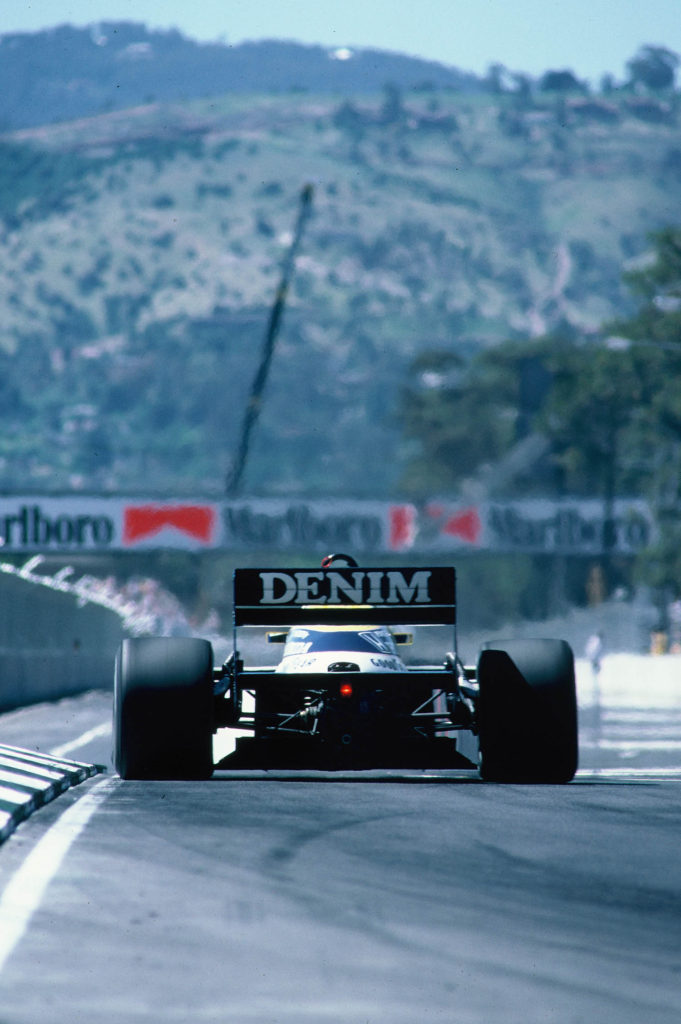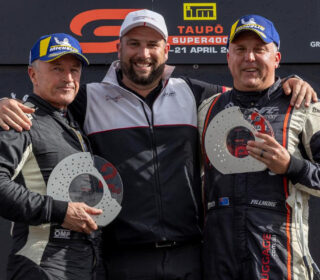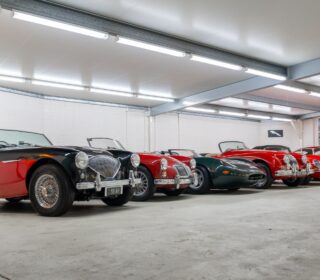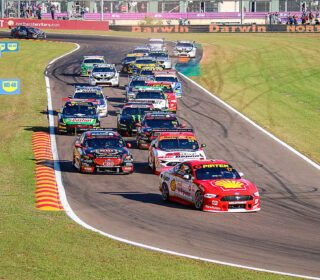MEMORIES FROM THE ADELAIDE STREETS
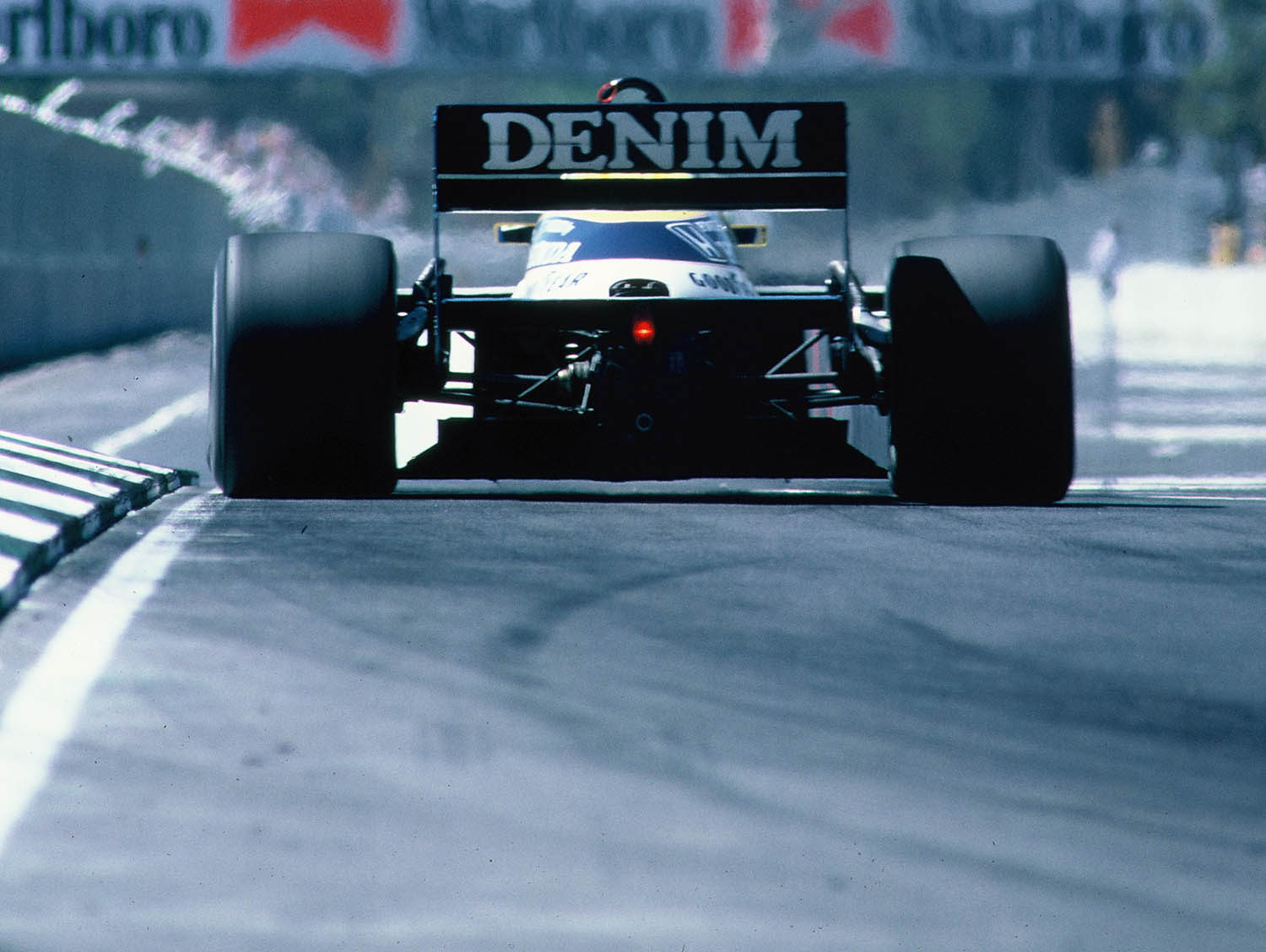
DATING back to the mid 1980s, Adelaide’s famous street circuit redefined the way people went racing in Australia and, indeed, around the world. TRT’s Dale Rodgers delves into his archives to tell his own story of the Grand Prix days, the ‘500 and more.
WORDS & IMAGES: Dale Rodgers
In the 1980’s, travelling to race meetings in South Australia was not exactly the glamorous leg of the Shell Australian Touring Car Championships. Mallala was sort of a cross between Winton and Lakeside and Adelaide International Raceway, while a step up, was still pretty tough to work at.
As one of the small band of travelling journalists and photographers back in the 1980’s, it was a hard but very rewarding lap around the country.
Facilities were crude, the internet a thing of the future and fax machines the order of the day. Film was carried undeveloped back to Melbourne on the plane in these pre-digital days, and Monday’s were spent in darkrooms before mad deliveries to Auto Action and the local Post Office for interstate publications deadlines.
Touring Car Racing was, as always, the national focus, but Open Wheel racing was also very popular in that era. Bob Jane had put the Australian Grand Prix back on the map with a series of events at Calder Park, featuring our own Alan Jones, Nelson Piquet, Nikki Lauda, Alain Prost and Keke Rosberg to name but a few. He had grand plans to turn Calder into a Formula 1 World Championship venue, but really it was a pipe dream.
What Jane did achieve however was focusing the sports desire and resolve for Australia to join the Formula 1 calendar.
So, in early November 1985, we boarded the plane to head to an all-new Adelaide Parklands circuit to be part of history: The first Formula 1 World Championship in Australia.
Arriving on the Wednesday my photographic business partner and I arrived at a very impressive credentials centre where our application had been successful for a FOCA F1 pass, including pit access. We somehow drove our Ford Laser rental through an open gate near Turn 1 late on the Wednesday and with our very official looking and bloody large passes around our necks, turned left onto the track instead of following the arrows to exit. We just kept getting waved on by track officials who were also surveying the surroundings!
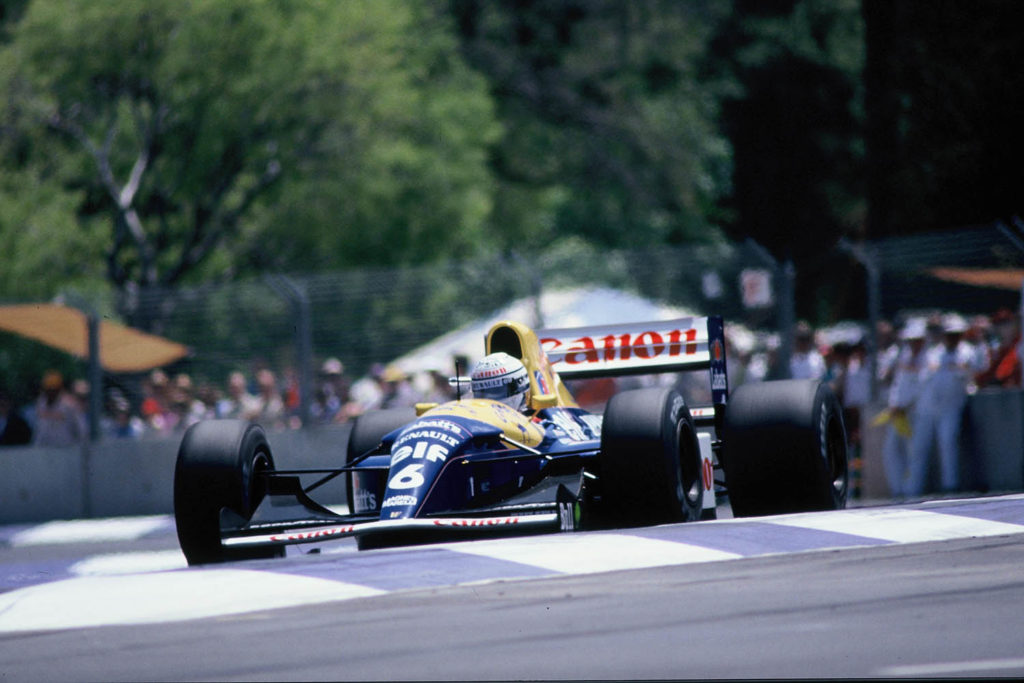
‘Oh, well beats walking,’ we thought. ‘So let’s see how far we can get.’ Heading up Wakefield Road we though…’Holy Shit’ this is amazing. How long has this thing been here?
A fully fenced, kerbed, sign written, brilliant race circuit only a stone’s throw from the centre of Adelaide. It was truly mind blowing.
Anyway, we stopped numerous times, checked out photographic points, where the light was coming and going and marvelled at the fact that there were gaps in the wire debris fences for long Canon lenses to poke through – Not that we had ever seen concrete barriers with crash fencing to this level before!
But it was soon down to business and the next surprise was the Media Centre in the now long-gone Jockey Club building located on the Fullarton Road side. Now this was not the Mallala media centre! A bar upstairs, desks and photographer’s area and then a fully operational dark room. Canon, Nikon and Kodak were on hand assisting with camera gear, film and a few drinks as we worked well into the night in the dark rooms.
We somehow drove our Ford Laser rental through an open gate near Turn 1 late on the Wednesday and with our very official looking and bloody large passes around our necks, turned left onto the track instead of following the arrows to exit. We just kept getting waved on by track officials who were also surveying the surroundings!
It was beyond most of the Australian Media contingent’s wildest imagination but seemed the norm as we got to speak and enjoy the company of legends such as Nigel Roebuck, Nigel Snowdon, Bob Constadouros and the like. They too were amazed at how permanent this temporary venue looked.
Outside on the lawn area, used for Merchandise Trailers in the Supercars era, tables and chairs were set up for the media. Jesus, these international guys get it good, we thought, reflecting on a soggy sandwich and can of warm Coke at Calder Park!
It was on this lawn area on Thursday of the 1985 event that my eye caught something moving above the tree line.. Fast. A completely unannounced RAAF F18 Hornet fighter did a treetops high, fast pass, arriving at Victoria Park form the city end. I had just time to yell an expletive and duck, but those with their backs to the fighter jet hit the deck – food, drink and tables going every which way. The flyover was not in the program, or the very detailed day by day run sheets we were provided by F1 organisers.
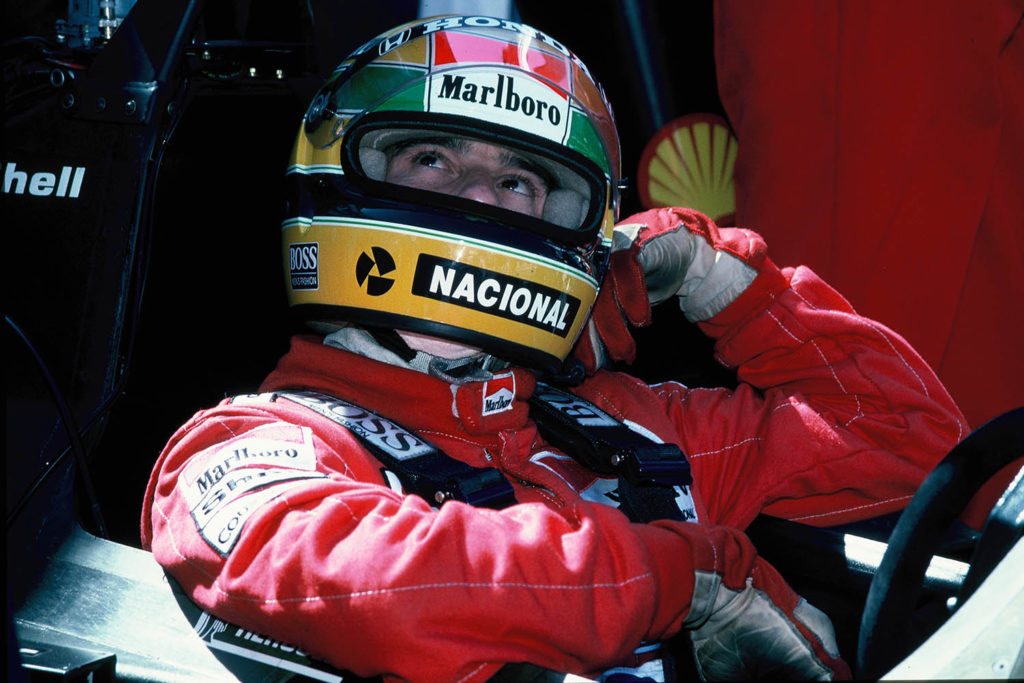
The FA18 banked over the final hairpin and blasted back again, reportedly blowing windows out of a building on Fullarton Road as it banked. They do recce flights these days …. no wonder!
But there was more. Marlboro were heavily invested in Formula 1 and being the first time Down Under, undertook a huge promotional and activation program. Culminating in the Marlboro Aussie Wildlife BBQ for the media, we were herded, literally, into an on-site zoo with hay bales and gum trees and an array of Kangaroos, Koala’s, Wombats and some horrible reptiles which thankfully came nowhere near me. Coopers Beer ran freely, Marlboro sponsored drivers Stefan Johansson, Michelle Alboreto, and Alain Prost all popped in for the photo op with the Koala then bolted.
The Marlboro PR Girls circulated to ensure you had one lit and, on the go, a packet in your pocket with matching Marlboro lighter and after we sweet talked them, a carton in the camera bag!
The event was just as extraordinary. The ferocious nature of the 1000 HP + F1 Turbos were deafening. Matched with several cars including Tyrrell staying with Ford’s ubiquitous Cosworth it was a feast of noise, flames and kerb bashing like we never had witnessed.
Alan Jones was given the honour of doing the first lap of the track in a Formula 1 car as he set out alone at the beginning of practice for an extra two laps to the applause of the home crowd. Never far from politics, Ken Tyrrell immediately protested to race officials saying Jones had an unfair advantage of extra laps. AJ’s response was it mattered little as the ‘shitbox’ Beatrice Lola would blow up anyway. Unfortunately for the fans his prediction was true after he had stormed up to sixth place.
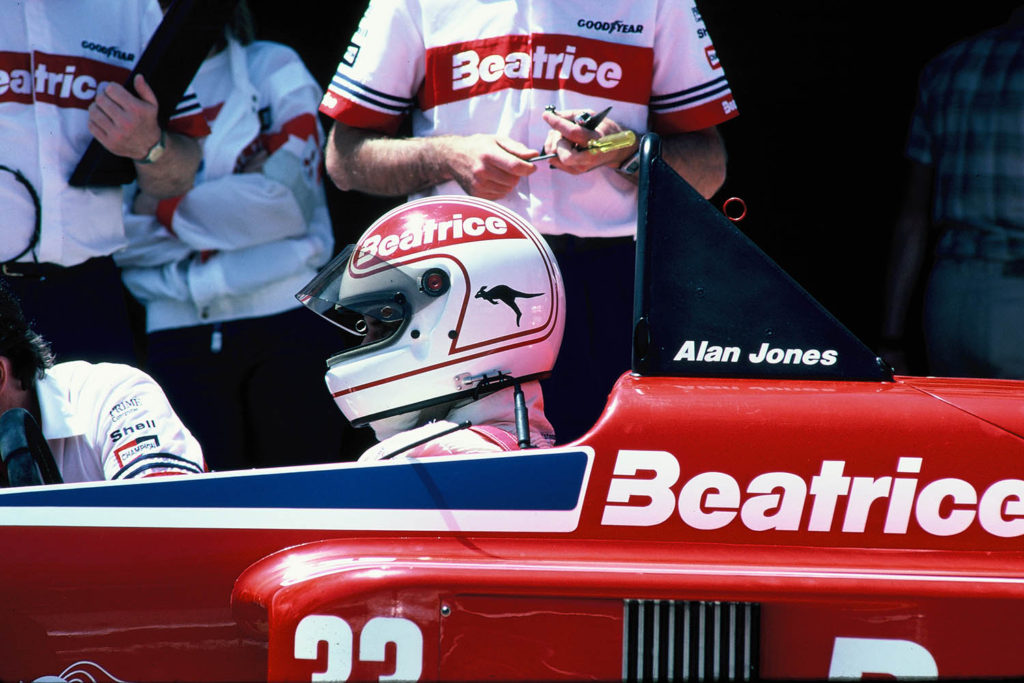
Keke Rosberg scored his fifth and final GP win that Sunday in November 1985, fittingly sucking on a Marlboro prior to the podium presentation. Ayrton Senna continued his arrival in F1 with a classic chase of the Williams but retired twenty laps from home. Only eight of the twenty-five starters greeted the chequered flag of Glenn Dix on a 35-degree stinking day.
Formula 1 had arrived in Australia and 105,000 people trackside plus a massive TV audience loved it. So too the teams, drivers and the whole F1 circus. The Grand Prix won the Formula One Race Promoters’ Trophy as the best run Formula One Grand Prix of 1985. Not bad for a first swing at it.
The Marlboro PR Girls circulated to ensure you had one lit and, on the go, a packet in your pocket with matching Marlboro lighter and after we sweet talked them, a carton in the camera bag!
In the following years, improvements were evident each time. Crowds put up with some horrendous weather, including the shortest Formula 1 Grand Prix in history in 1991 – red flagged for good after only 14 laps and 24 minutes of racing. Changing film, yep no digital cameras then, was a harrowing experience to try and avoid water in the open back of the Canon’s.
But political rumblings and intervention from Victoria saw the Parklands host the final Grand Prix in 1995. It was a sad demise to a great event.
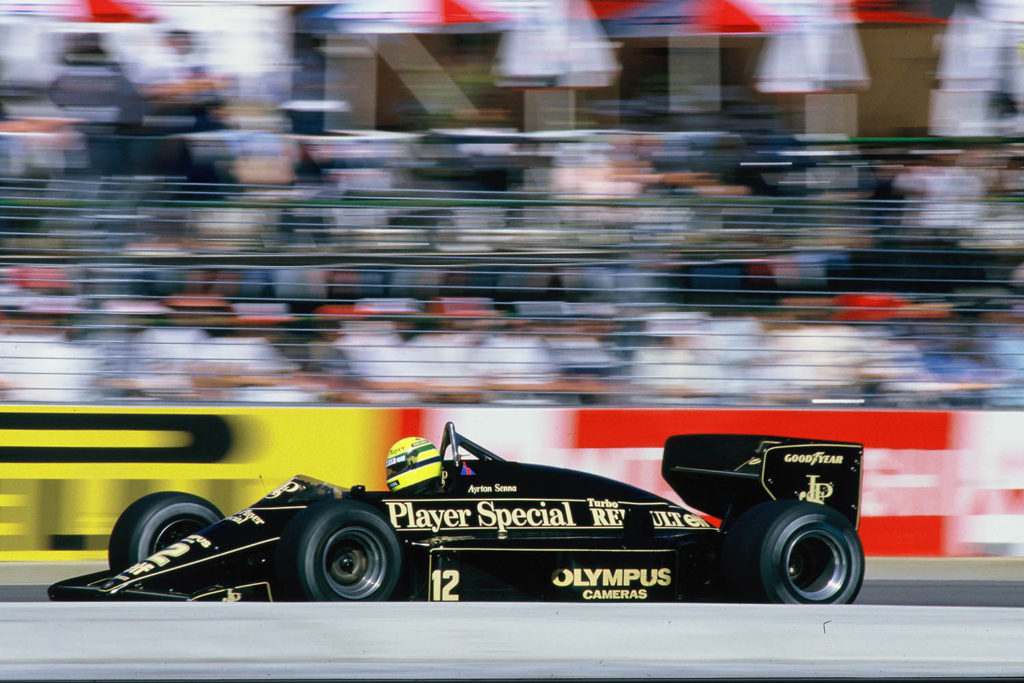
Just four years later, we were boarding the plane once again to return to Adelaide for the inaugural Clipsal Adelaide 500 for Supercars. Yes, the home-grown product was having a crack at the main bill on a revised and shortened track. And once again it was a huge success and soon crowds were rivalling the Formula 1 audience, at a fraction of the cost of the international event.
Drama was back at Adelaide with V8 Supercars on their roofs, drivers being dragged from the cars with severe heat exhaustion and a party atmosphere taking over the city once again. Rock Concerts and big-name acts followed as the Clipsal 500 grew into the premier V8 Supercars event on the calendar, Bathurst of course is a different beast.
And just like the Grand Prix, stories abound to those regular pit dwellers. Like the night after practice where we stumbled across a team at the ‘far’ end of the pits who were clearly unhappy with their Qualifying performance. The team owner was questioning certain staff, and then suggested that they assemble at the front of the truck on the far side of the garage. The purpose, to go at it, old school style. Yep a fair dinkum punch up to resolve the philosophical differences. NASCAR comes to V8 Supercars! Sorry, no names here!
The Paddock at the Clipsal 500 was also a chance for rivals to see new colours, new sponsorship deals and for some, plot how they could muscle in on others hard work. At the inaugural event in 1999, Sydney privateer Peter Doulman arrived in Adelaide with a spectacular Gatorade livery on his Perkins built VS Commodore. Gatorade were new to motor racing, concentrating on major triathlons and endurance-style events. But this was a coup for the small Sydney team and the sharks were soon circulating.
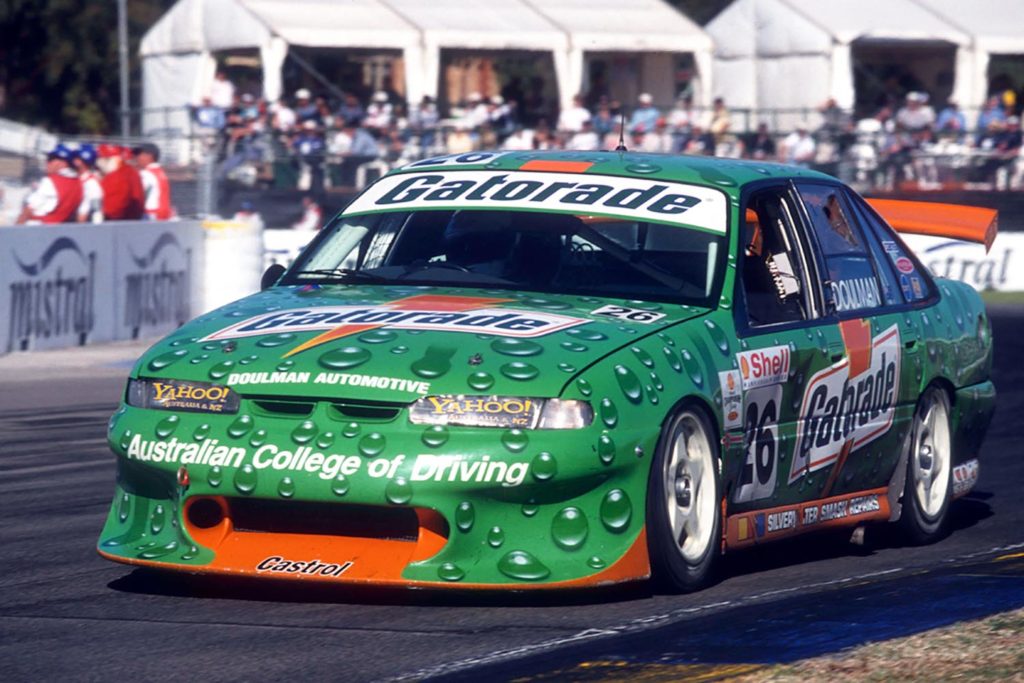
Ever wondered why 1999 winner, Craig Lowndes, accepted his trophy on the podium with a white Gatorade towel strategically placed around his neck. Never missed a trick those HRT lads.
And speaking of HRT, we were always neighbours in motels up on Turn 8. A great spot and short walk to the track. One night we were all awoken to an all mighty crash and upon investigation found HRT PR guru, Paul ‘Wally’ Weissel confronting a bunch of lads who had decided to take off with the team’s golf buggy. Bit of fun there.
And then there was the glamour, the celebrities, the rock stars and everything that made the event into so much more than a motor race. In 2015, while working for DJR Team Penske, I had the honour of introducing Roger Penske, Tim Cindric and Dick Johnson to the Media Pack on the Friday for the first time under the DJR Team Penske banner.
..The team owner was questioning certain staff, and then suggested that they assemble at the front of the truck on the far side of the garage. The purpose, to go at it, old school style. Yep a fair dinkum punch up to resolve the philosophical differences…
On Saturday, I was with Marcos Ambrose towards the rear of the starting grid, surrounded by Roger Penske, Mark Webber and Jean Eric Vergne who was in town to demonstrate a Ferrari F1 car. Not the crew you would normally see on the back row of a Supercars grid prior to a race!
But things change and being at the behest of Government funding the curtain has come down on this amazing event for the second time in it thirty-five-year history.
The announcement of the cancelation of the Adelaide 500 has sent shockwaves through the motor sport fraternity. Former Supercars driver and five-time championship winner Mark Skaife said he was “absolutely gobsmacked” by the decision.
“It is one of Australia’s biggest sporting events and, at a time when hospitality and tourism is being smashed by the pandemic, it is a Government decision that is extraordinary,” Skaife told ABC Radio Adelaide.
Extraordinary indeed, but whatever the future holds, the history of the Grand Prix and Supercars events at the Adelaide Parklands circuit will be filled with amazing races, stories and heroes. It would be nice if the legacy continues at some point in time.
